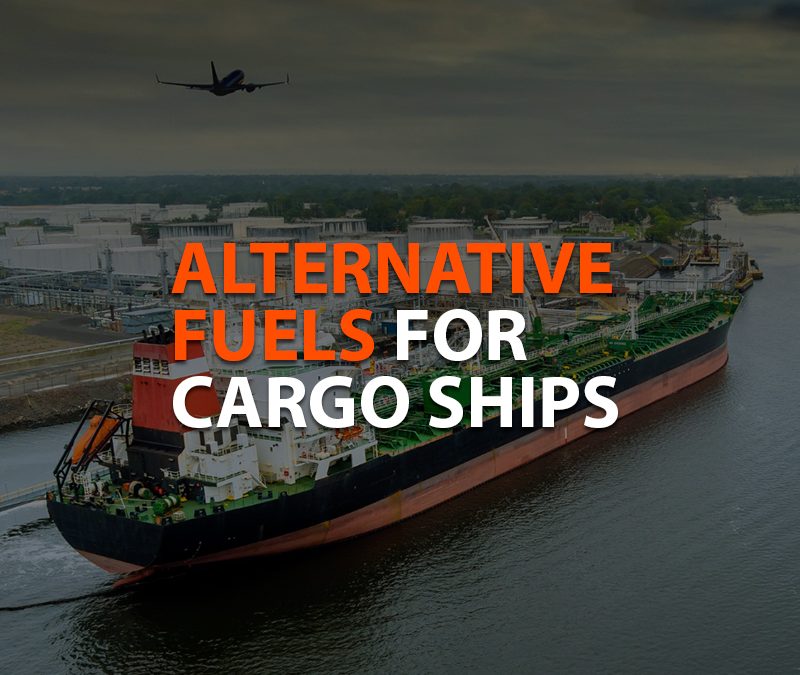Is it possible to move a cargo ship without traditional fuel? The shipping industry is actively exploring and implementing alternative fuels to reduce emissions and dependency on traditional fossil fuels.
There are significant advancements on the matter and some of them are surprising. Here are some of the prominent alternative fuels being considered or already in use for cargo ships:
Liquefied Natural Gas (LNG):
Currently one of the most popular alternatives, LNG emits significantly fewer pollutants and greenhouse gases compared to heavy fuel oil or marine diesel oil. It’s being widely adopted, especially for new ships, due to its cleaner combustion.
Methanol:
Methanol can be produced from renewable sources, making it a potentially sustainable option. It burns cleanly and is being used in some specialized vessels.
Hydrogen:
Hydrogen has potential as a zero-emission fuel when produced from renewable energy sources. It can be used in fuel cells or burned in internal combustion engines. However, its use is currently limited due to challenges in storage and distribution.
Biofuels:
Made from organic materials or waste, biofuels can be blended with conventional marine fuels or used in their pure form. They are a direct substitute for oil-based fuels and can significantly reduce carbon emissions.
Ammonia:
Ammonia can be used as a fuel in internal combustion engines or in fuel cells. It does not emit CO2 when burned, making it an attractive option for reducing greenhouse gas emissions. However, it poses challenges in terms of toxicity and safe handling.
Battery/Electric:
Battery-powered or hybrid ships are becoming more viable for shorter routes. These ships use large battery banks to power electric motors, reducing emissions and noise. They are particularly useful for ferries and small passenger or cargo services.
Wind Assistance:
Technologies like rotor sails or towing kites can provide additional propulsion to ships, reducing fuel consumption. These systems use wind power to assist the main engines, offering a supplementary method to improve fuel efficiency and reduce emissions.
Each of these alternatives comes with specific technical, economic, and infrastructural challenges, but significant research and investment are driving their development forward. As environmental regulations become stricter, the adoption of these fuels is expected to increase.







